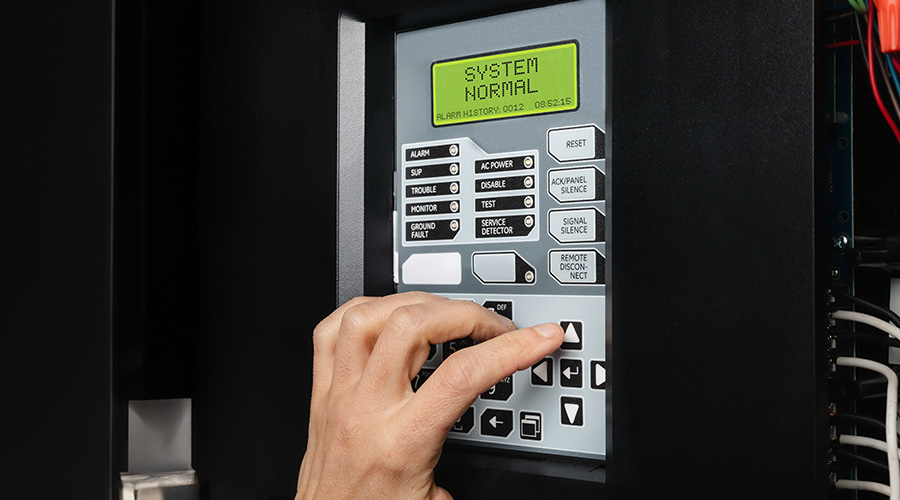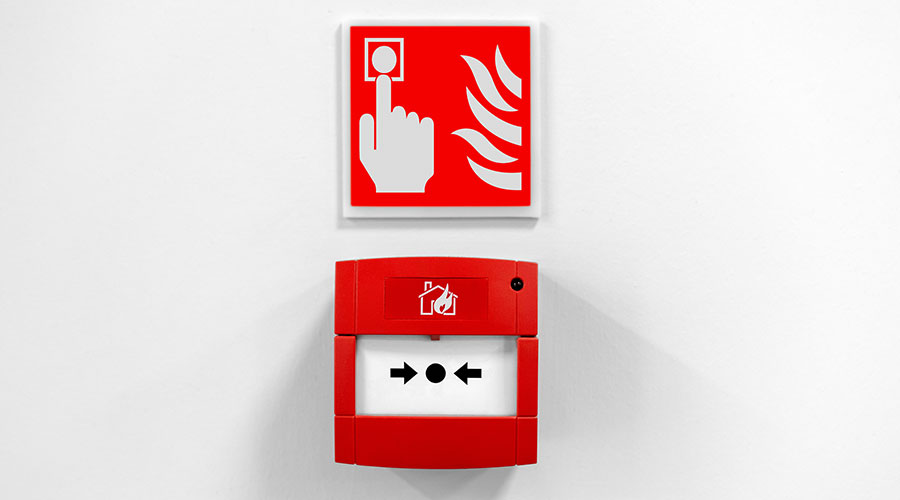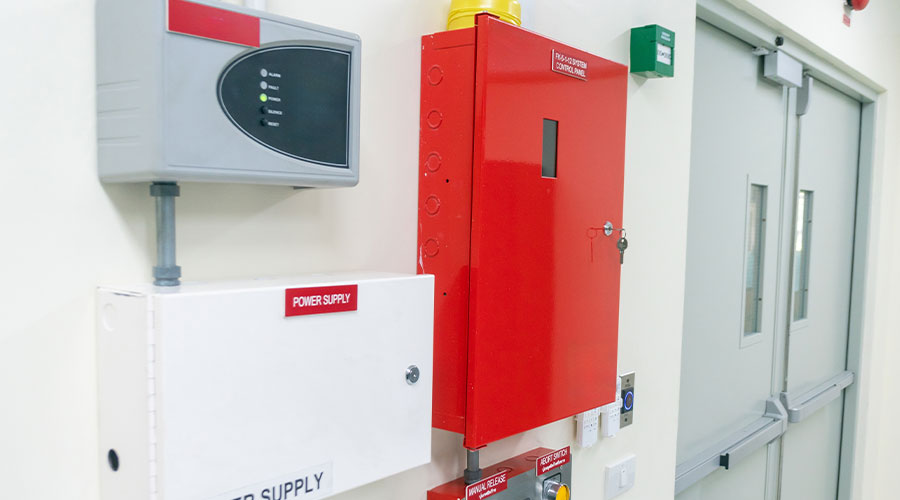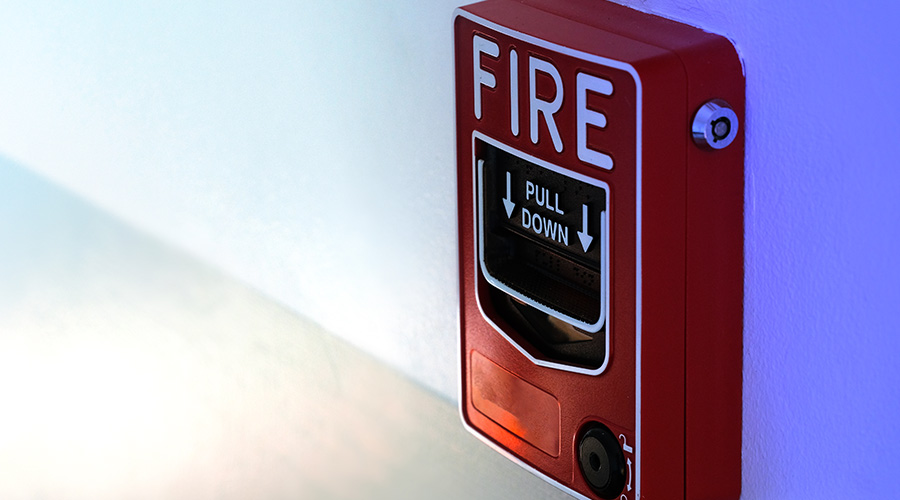Why Halon Fire Suppression Systems Were Banned
For many years, Halon 1301 was the holy grail of fire suppressants for high-value assets that would be damaged by traditional sprinkler systems. But, in 1989, when the Montreal Protocol determined that halon depleted the ozone layer, and the U.S. Environmental Protection Agency subsequently banned its manufacture in 1994, the search was on for halon replacement options.
It’s true that properly maintained systems could be grandfathered and remain in use. Some are still in use today, but, like any mechanical system that is 15 years old, current halon systems are getting a bit long in the tooth. Parts are harder to come by, and there are fewer people capable of servicing the older units.
Halon 1301 succeeded so well because it could be used in data centers, IT rooms, museums, libraries, surgical suites, and other locations where use of water-based suppressants could irreparably damage electronics or vital archival collections.
Since halon manufacturing was banned, a hunt has been on for something that works as well. According to the Halon Alternatives Research Corp., more than 20 different kinds of alternatives exist as direct replacements.
Omitting traditional, water-based sprinkler systems for the moment, two basic categories of halon-replacement systems exist, according to Chris Jelenewicz, engineering program manager for the Society of Fire Protection Engineers. Those categories are inert gases and halocarbon compounds. Which one is better? That depends on the needs of a given organization.
Related Topics:














